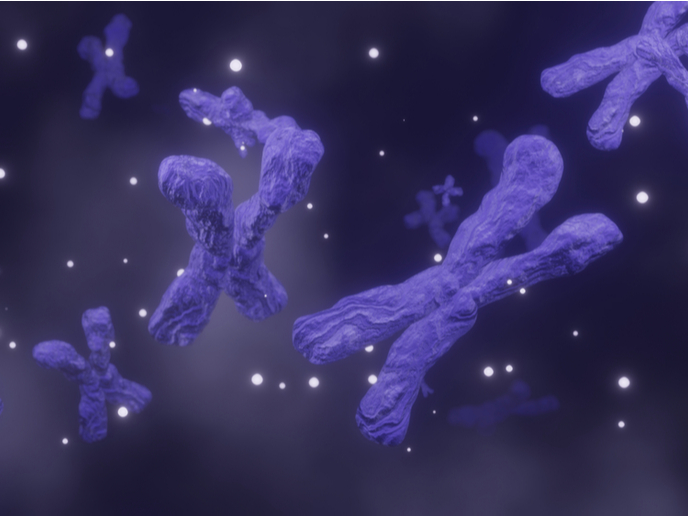Understanding the role microenvironments play in metastasis could lead to better cancer treatment
Every year there are over 1.5 million new cases of breast cancer globally, making it the most common form of cancer diagnosis amongst women. Most of the 500 000 deaths associated with breast cancer are caused by metastasis, where malignant cells spread to a range of distant organs, common sites being the bone and the lungs, generating a secondary tumour. As metastasis is currently incurable, there is a pressing need for innovations for effective treatment. The EU-funded BONEMETTNC project concentrated its research on the extracellular matrix protein tenascin C (TNC) and its role in breast cancer metastasis. BONEMETTNC has identified surface receptors that mediate TNC function in metastatic progression and demonstrated that TNC also promotes resistance to chemotherapy in mouse models. The importance of the metastatic niche There is increased evidence indicating that metastasis depends on the dynamic interactions between cancer cells and the microenvironment in secondary organs, rather than being the result of cancer cell properties alone. For disseminated cancer cells to metastasise they must adapt to, and manipulate the often inhospitable microenvironments of secondary organs. This interaction creates a ‘metastatic niche’, maintaining cancer cell health and metastatic growth. Explaining the importance of understanding this dynamic, the project coordinator Dr. Thordur Oskarsson says, ‘Most properties of cancer cells are dependent on a particular molecular context that can be generated by the microenvironment such as the niche. Therefore, it is important to target both the cancer cells and the niche when battling metastasis.’ It is widely recognised that stem cell properties influence cancer progression and metastasis. BONEMETTNC team members had previously identified the extracellular matrix protein tenascin C (TNC) as an essential component of the breast cancer metastatic niche showing that, in mouse models, TNC is essential for metastatic colonization of the lung and bone. BONEMETTNC gave the team an opportunity to explore further how TNC may have a role in regulating stem cells characteristics that are likely to be important for tumour initiation, particularly at distant sites. The team used modelling techniques to investigate the signalling and transcription output mediated by TNC within the metastatic niche. The modelling also enabled them to analyse potential surface receptors to which TNC may bind to promote signalling. The modelling rendered 3D culture systems of primary cancer cells, RNA interference, transcriptomic screens, genetic and xenograft mouse models of cancer progression and metastasis. As Dr. Oskarsson explains, ‘The 3D structure of these cultured tumour spheres is particularly important when studying ECM proteins. The proteins are secreted into the intracellular space within the spheres providing a more relevant physiological context compared to monolayer cultures. Moreover, these cultures enrich for stem cell properties in cancer cells, making the assay of interest to study molecular interactions regulating these attributes. Finally, tumour spheres may be especially appropriate for studying TNC and other matricellular proteins, since many proteins within this group have been linked to stem cell regulation and are highly induced in spheres.’ ECM as a source of targets in the fight against breast cancer One of the project’s most important findings was the identification of TNC’s role in chemotherapy resistance. Currently, little is known about the role of ECM proteins in therapy resistance. However, this group of proteins may be an important source of drug targets against cancer and so merits increased attention. Looking to the future, as Dr. Oskarsson offers, ‘The project’s continued work will characterise further the role of TNC receptors in therapy resistance. We are also interested in looking in more detail at the overlap between TNC induced mechanisms in breast cancer and molecular mechanisms promoting activation of normal mammary stem cells.’
Keywords
BONEMETTNC, extracellular matrix, metastasis, breast cancer, malignant cells, microenvironments, protein tenascin C, regulating stem cells, tumours, lung cancer, bone cancer, RNA interference, transcriptomic screens, chemotherapy, drug targets







